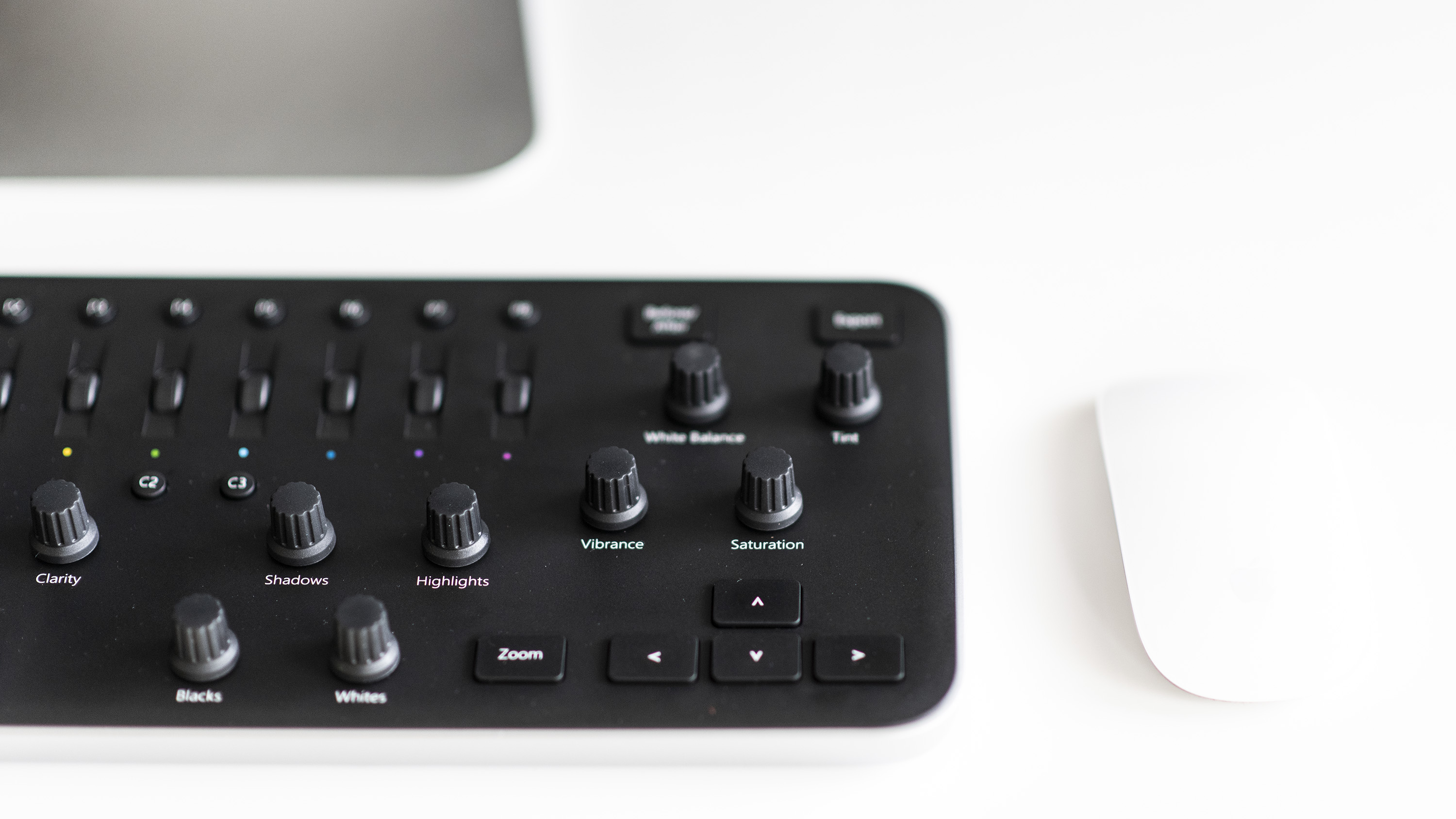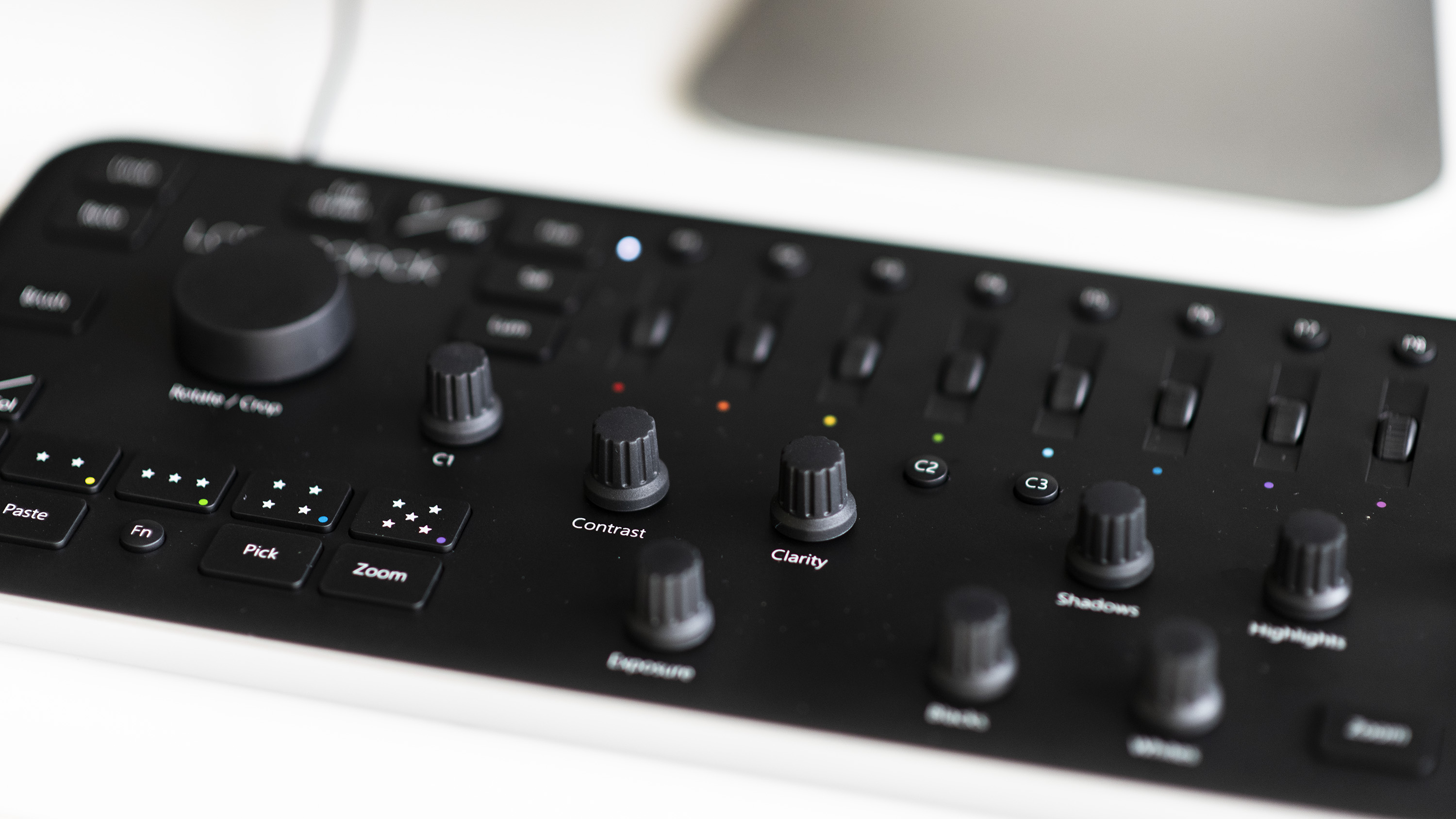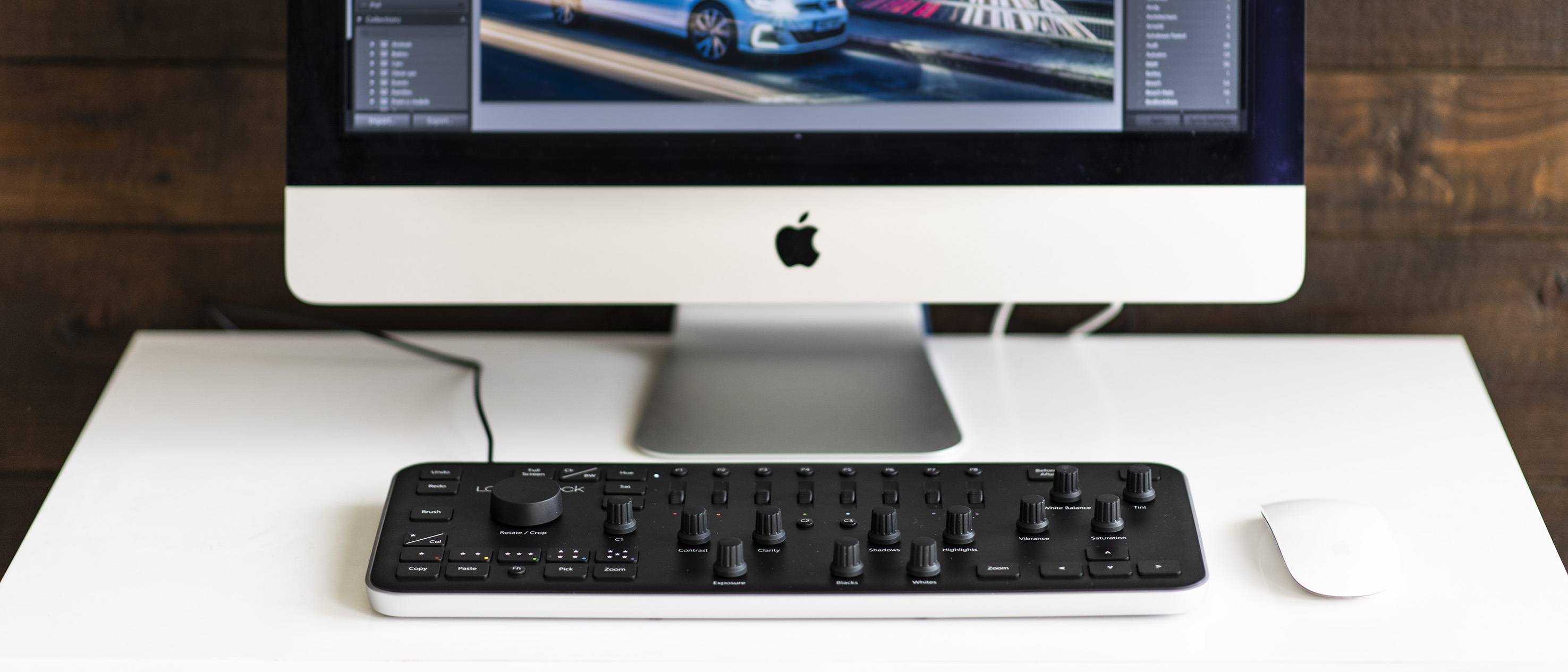TechRadar Verdict
It's best not to view the Loupedeck as a replacement for your keyboard and mouse, but as a complement to them. Heavy users of Lightroom may appreciate what the Loupedeck offers, but the relatively high price and confined controls mean general users of Lightroom will be better served by getting to grips with Lightroom's shortcuts.
Pros
- +
Perfect for frequent Lightroom users
- +
Dials and knobs offer refined control
- +
Good build quality overall
Cons
- -
Doesn't support Lightroom CC, only Classic CC
- -
More customization would be welcome
- -
Expensive
Why you can trust TechRadar
If you regularly use Adobe Lightroom as a part of your workflow, the Loupedeck photo-editing console could help you to speed up your post-processing.
Loupedeck has been designed to make image selection and editing quicker and more intuitive than doing those things with your humble mouse and keyboard. The idea is that instead of using keyboard shortcuts or adjusting slider controls with your cursor, you use the Loupedeck's dedicated suite of buttons, knobs, dials and wheel.
To that end there are controls to select and rate images (including 1-5 star rating buttons), while once in Lightroom's Develop module there are dedicated knobs to adjust White Balance, Tint, Exposure, Contrast, Highlights, Shadows, Whites, Blacks, Clarity, Vibrance and Saturation (there's no Dehaze dial, as that feature was added to Lightroom after Loupedeck came out).
Rather than you having to mouse around the screen to get to the desired slider, simply turning one of the dedicated knobs increases or decreases a control’s value, while a quick press of the knob will perform a reset of the control, taking it back to zero.
There are also individual adjustments for the separate color channels, which can be toggled between Hue, Saturation and Luminosity. Want to crop or change the angle of an image? The large Rotate/Crop wheel does that for you, although it doesn't quite offer the precision we'd expect, as the controls are stepped.


Customization
While most of the Loupedeck's controls are hardwired and can't be changed, there is some customization available. Above the eight dials that control the color channels are eight completely separate preset buttons that can be used to apply either user or ready-made Lightroom presets. There's also a customizable C1 dial and two buttons (C2 and C3), which when used in conjunction with the Function button enable you to select another control. The default setting for C1 is the strength of the vignette applied, but you can use Loupedeck's configuration software to change this to other adjustments such as sharpness and noise reduction.
The build quality and finish are very good also. The knobs provide a good amount of resistance in use, although the dials perhaps feel a little spongy.
There's lots to like about the Loupedeck – the dedicated knobs offer much more precise control than is possible with a mouse. But while the intention is that you can do away with your keyboard and mouse entirely, it's not quite as simple as that. If you regularly use the Adjustment Brush on your images (who doesn't?) for instance, then you'll still be using your mouse to perform these tasks, despite the presence of a dedicated button on the Loupedeck to access it.
It's best then not to view the Loupedeck as a replacement for your keyboard and mouse, but as a complement to them. Heavy users of Lightroom might appreciate what the Loupedeck offers, but the relatively high price and relatively confined controls mean that general users of Lightroom will be better served by getting to grips with Lightroom's shortcuts.
Phil Hall is an experienced writer and editor having worked on some of the largest photography magazines in the UK, and now edit the photography channel of TechRadar, the UK's biggest tech website and one of the largest in the world. He has also worked on numerous commercial projects, including working with manufacturers like Nikon and Fujifilm on bespoke printed and online camera guides, as well as writing technique blogs and copy for the John Lewis Technology guide.

